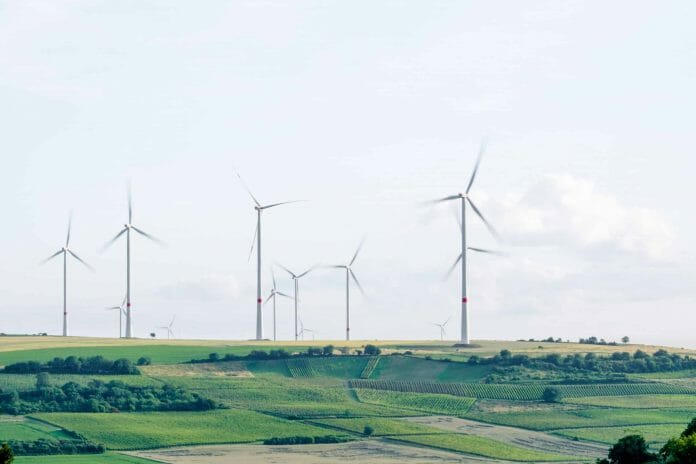By Farhan Kamarulzaman,
As the saying goes, “Old habits die hard”, the neglect of environmental issues might come to the fore again in the post-Covid-19 era, after the pandemic seems to have taken care of these issues.
Efforts should be made now, more so out of the box ones, to see the resumption of economic activities as a result of the relaxation of the SOPs does not derail us from the objective of achieving the long-term balance between economic and environmental sustainability, particularly during the post-Covid-19 era.
Without this balance, the post-Covid-19 era will see more and more disruptions to the environment, like what occurred before the pandemic began.
Indeed, business closures that hampered some economic activities due to the strict implementation of the various Movement Control Order (MCO) phases have resulted in the economy’s dismal performance in the second quarter of this year. The one and only solace – the Earth was fine at that time as it comfortably enjoyed several months of low carbon emission.
But the real question here is how do we achieve a balance between economic and environmental sustainability that is beneficial and fair for both the economy and the environment?
By definition, economic sustainability refers to practices that support long-term economic development without having a detrimental effect on the community’s social, environmental and cultural aspects, such as micro-farming, universal recycling works and sustainable fish farming.
And environmental sustainability is defined as responsible interaction with the environment to avoid natural resource depletion or degradation and to enable long-term environmental quality through such measures as the introduction of a carbon tax and movement towards renewable energies.
Both are closely related in many ways as the production of products and services requires the use of natural resources and is thus correlated with an environmental cost, irrespective of whether the degree is low or high.
The primary mechanism for balancing both of them is likely to be through minimising the damage done by economic activity by setting a limit on economic activity to reduce its adverse environmental impact.
To do this, the government should enforce the right legislation and implement a reliable environmental policy for environmental preservation to minimise the impact as part of promoting environmental sustainability while ensuring that the action does not inhibit economic activity as well.
The closest example to this is the problem of a water dam project in Sabah, namely the Papar dam, that has often been the talk of the town and worries the Sabahans.
Most citizens there opposed it as they believed that the construction of the Papar dam is not really the economic aim and causes a lot of inconvenience to the community and the environment.
In this case, the government should review and analyse the project and ensure that it passes through the Environmental Impact Assessment process and takes the community’s views into account.
The goal is to ensure that the project benefits the Sabahans and, most importantly, fulfils the balance between stability in economic and environmental aspects.
This requires the participation of both economists and environmentalists in this ongoing discussion to close the gaps in understanding production and consumer decisions, the market yields that drive global environmental change, and how to control or reduce the adverse environmental effects of economic activities.
However, this becomes complicated when some economists are overly concerned that high level of environmental sustainability will threaten economic performance, while some environmentalists are so unrealistic in their struggle for the environment that it is as if they want to turn the economy and the environment back to the stone age.
Unity of the mind between them is required, and the basis of this unity should be economical and environmental considerations need not be mutually exclusive if only they can work together and learn from each other to find the most optimum solution.
According to economists, economic sustainability can be viewed through five capitals, which include:
- Natural capital which comes from our ecological system;
- Produced capital which comes from our productive activities;
- Human capital which comes from our talented people;
- Social capital which comes from social trust and social interaction; and
- Financial capital which connects all the previous four capitals to help grow and sustain an economy.
The Papar dam issue should be the indicator of avoiding neglect of economic sustainability in any circumstances. Also, now is the time to actively foster both economic and environmental sustainability, as neglecting each one or both will result in more negative impacts on other aspects of life.
Considering this is also what Sustainable Development Goals is all about, we need to vigorously promote sustainable development strategies, such as a concept of sustainable land use to sustain the environment from degradation.
Another thing to be considered is the preparedness strategies to tackle environmental disasters despite our country is usually struck by moderate environmental disasters and is rarely affected by extreme disasters.
In conclusion, balancing economic and environmental sustainability should not be the responsibility of the federal government only, but provincial, local, private, NGOs and community should also work together to accomplish it.









